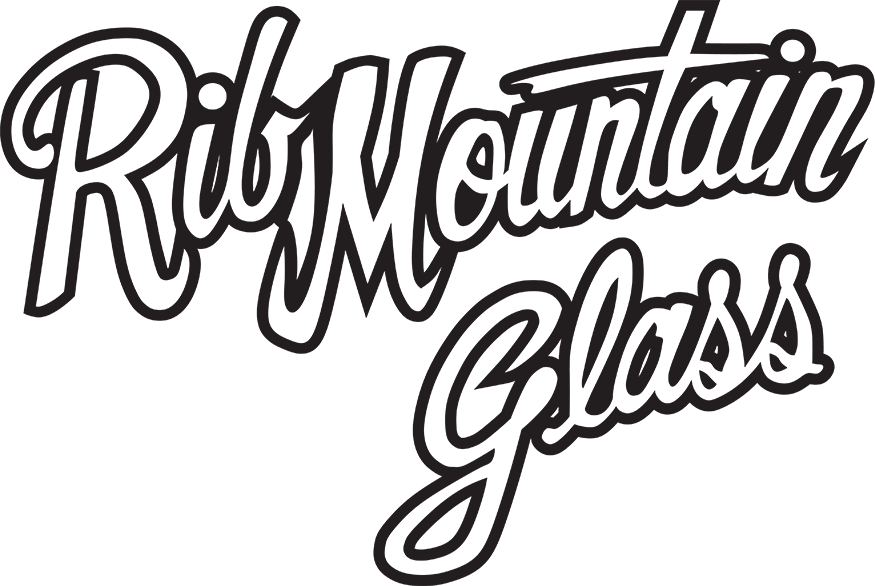Hard Coat
Hard coat Low-E glass is manufactured by pouring a thin layer of molten tin onto a sheet of glass while the glass is still slightly soft. The tin actually becomes part of the surface of the glass during the annealing process (slow, controlled cooling.) This process makes it difficult or “hard” to scratch or remove the tin.
Soft Coat
Soft coat Low-E glass, on the other hand, involves the application of silver, zinc or tin to glass in a vacuum. The glass enters a vacuum chamber filled with an inert gas which is electrically charged. The electricity combined with the vacuum allows molecules of metal to sputter onto the glass. The coating is fairly delicate or “soft.”
Furthermore, if silver is used (and it often is) this coating can oxidize if exposed to normal air or being touched with bare skin. For this reason, soft coat Low-E glass must be edge deleted (coating is ground off any area that will be exposed) and used in an insulated glass assembly. Sealing the soft coating in between two pieces of glass protects the soft coating from outside air and sources of abrasion. Also, the space between the two pieces of glass is often filled with argon gas. The argon gas inhibits oxidation of the metallic coating. It also acts as an additional insulator.
The two types of Low-E glass have different performance characteristics. The soft coat process has the ability to reflect more heat back to the source. It typically has a higher R value. R values are a measure of resistance to heat loss. The higher the R value of a material, the better its insulating qualities.
Argon
Argon is a colorless, odorless, non-flammable, non-reactive, inert gas. Argon gas fills are used to reduce heat loss in sealed units by slowing down convection inside the air space. Argon gas is extremely cost-efficient, and works well with Low-e coated glazing.
When we talk about insulating glass without a low-e coating, we refer to glass that uses air between panes as a primary source of insulation. As air itself is a good insulator, filling the gap between the glass panes with a low conductivity gas such as argon improves window performance by reducing conductive and convective heat transfers. This phenomenon results from the fact that the density of the gas is greater than the density of the air. Argon is the most commonly used fill gas, due to its excellent thermal performance and cost-efficiency in comparison to other gas fills.
Another factor that influences the thermal performance of the IG window is the width of the air space between the panes of glass. Tests have shown that the optimum efficiency for argon is in 12mm and 14mm IG units.




